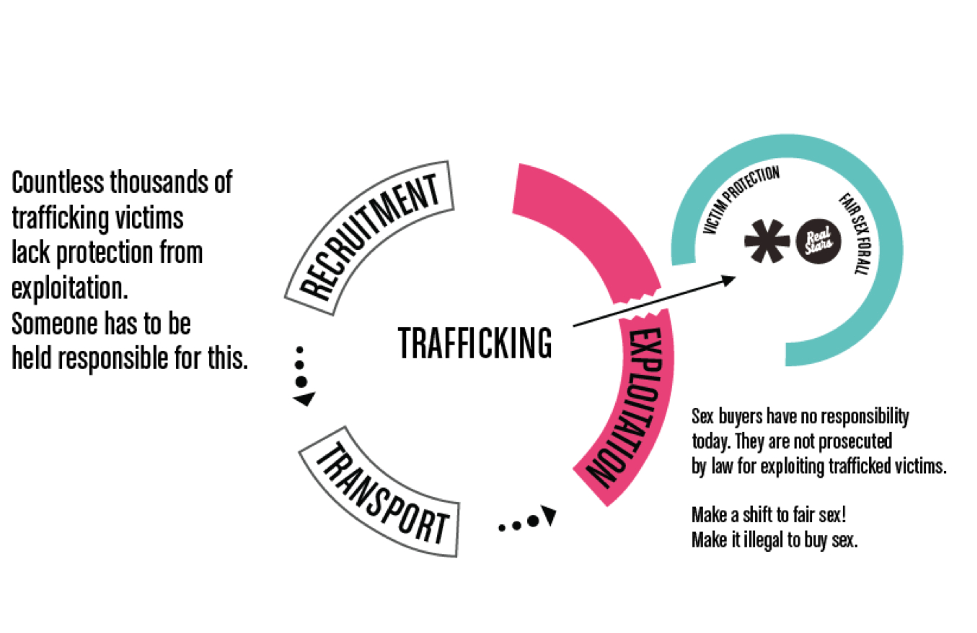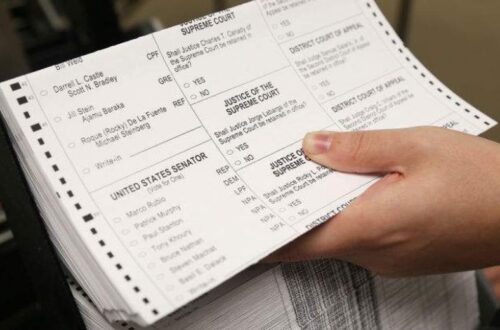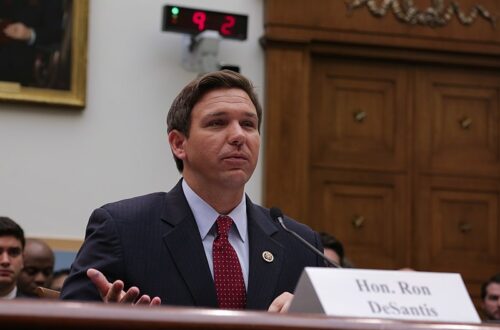The National Human Trafficking Hotline recorded 1,771 human trafficking victims, 506 traffickers and 306 trafficking businesses identified in Florida in 2018. The Sunshine State ranks third in number of human trafficking cases reported by state.
Human trafficking is defined as the “transporting, soliciting, recruiting, harboring, providing or obtaining of another person for transport; for the purposes of forced labor, domestic servitude or sexual exploitation using force, fraud and/or coercion,” under federal and Florida state law. According to the NHTH, traffickers can trick or physically force their victims into providing commercial sex, but in other cases, they lie to, assault, or threaten the victims into working in inhumane conditions.
This form of slavery is a multibillion-dollar industry that strips 24.9 million people around the world of their freedom. Several misconceptions exist surrounding human trafficking. For example, not all human trafficking cases involve a violent crime or commercial sex; undocumented immigrants are not the sole victims; this crime occurs outside of strictly illegal industries; victims do not have to be taken across borders for it to be constituted as human trafficking, and more.
Anyone can fall victim to human trafficking, so education on the subject is imperative. Florida Sen. Perry E. Thurston, Jr., D-Broward County, realized this and proposed Senate Bill 554 – an effort to implement human trafficking education into current required health education taught in public schools.
SB 554 calls to revise required health education in Florida public schools to include the dangers and signs of human trafficking. The bill states the minimum requirements of human trafficking to include recognition of the signs; awareness of resources; prevention of the abuse of an addiction to alcohol, nicotine, and drugs; information on the prevalence of the issue; strategies to reduce risk of human trafficking; techniques to set healthy boundaries and to seek assistance; and information on how social media can be used for human trafficking.
SB 554 was introduced to the Senate on March 2. If passed, the bill plans to take effect July 1.
Human trafficking is a complex and evolving crime industry, and although the antitrafficking movement has grown, there is still much to learn.
Twenty-five types of human trafficking exist in the United States. Each type has a unique business model, trafficker profiles, victim profiles, strategies and methods of control.
In regard to educating the youth about these prevalent dangers, questions arise: what kind of textbook is available to teach students about human trafficking? Are educators well-versed in the complex issue to teach this subject?
The NHTH provides a human trafficking awareness training for educators. Its objectives include defining human trafficking and equipping education professionals with indicators, providing recommendations for how to respond to human trafficking in a school setting, and discussing risk factors and identifying prevention practices.
Child trafficking recruitment venues include school campuses, bus stops, and online social media platforms. Educators need training to not only teach about human trafficking but to prevent child trafficking from such venues like schools.
Roughly 30 million people are enslaved worldwide, and 2.5 million are in the United States. Awareness through education can improve prevention and decrease these statistics.
SB 554 promises to educate Florida’s children so they can be aware of human trafficking signs.
According to the U.S. Department of Justice, a child is trafficked every two minutes for the purpose of sexual exploitation in this country. The need for such education is prevalent, yet educational materials and standards are required to effectively educate the youth of the dangers they are susceptible to.
Featured image: Trafficking model of exploitation. Unmodified photo by Eran9010 under a Creative Commons license. (https://bit.ly/32fYxwf)
Check out other recent articles from the Florida Political Review here.





